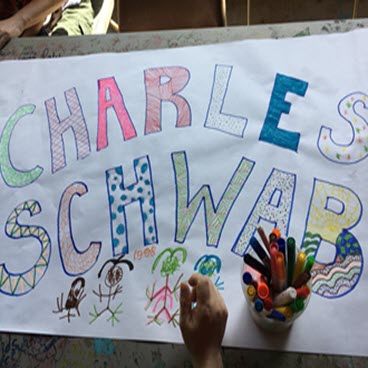
Finding balance in an 'always-on' trading world

Women in Technology: Q&A with Schwab CTO Tim Heier

AI on the other end of the line (but you’re not talking to a computer)

Setting the standard for retail trading one year after launching Schwab Trading Powered by Ameritrade

The rise of finfluencers

For thinkorswim, innovation starts with listening

The legend of Zep and forty years a trader

Got a complicated trading strategy? Jeffrey’s got you.

How being better environmentalists is leading to so much more

Bringing you our top podcast episodes of 2023
Important Disclosures
The information provided here is for general informational purposes only and is not intended to be a substitute for specific individualized tax, legal or investment planning advice. Where specific advice is necessary or appropriate, consult with a qualified tax advisor, CPA, financial planner or investment manager.
Investing involves risk, including loss of principal.
Options carry a high level of risk and are not suitable for all investors. Certain requirements must be met to trade options through Schwab. Investing involves risks, including loss of principal. Hedging and protective strategies generally involve additional costs and do not assure a profit or guarantee against loss. With long options, investors may lose 100% of funds invested. Covered calls provide downside protection only to the extent of the premium received. Please read the options disclosure document titled "Characteristics and Risks of Standardized Options." Supporting documentation for any claims or statistical information is available upon request.
0322-240P